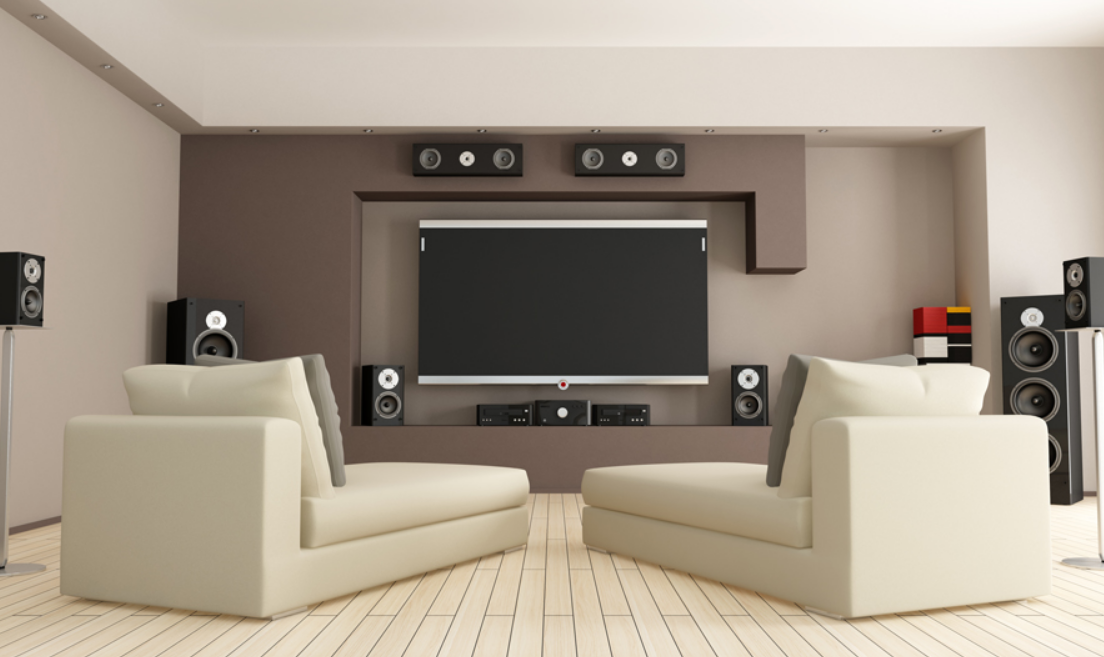Introduction
Your home audio video system is an investment in entertainment and relaxation, and you want to ensure that you’re getting the best possible performance from it. However, even the best audio video equipment can produce subpar results if not calibrated properly. In this guide, we’ll explore the importance of home audio video calibration and provide tips on how to achieve the best performance from your system.
Why Calibration is Important
Calibration is the process of adjusting your audio video system to produce the best possible picture and sound quality. Here are some of the benefits of calibration:
- Consistent image and sound quality: Calibration ensures that your audio video system produces consistent image and sound quality across all content types.
- Enhanced viewing and listening experience: Calibration can enhance the viewing and listening experience by producing deeper blacks, brighter whites, and more accurate colors.
- Protection for your investment: Proper calibration can help protect your audio video system from damage caused by overdriving or under-driving speakers and displays.
The Calibration Process
Calibration can be a complex process, and it’s recommended that you hire a professional calibrator. However, if you’re interested in doing it yourself, here are the basic steps involved:
- Set up your audio video system: Make sure all components are connected properly and turned on.
- Adjust brightness and contrast: Use test patterns to adjust brightness and contrast settings to achieve the best possible picture quality.
- Adjust color temperature: Use test patterns to adjust color temperature settings to achieve accurate color reproduction.
- Adjust speaker levels: Use a sound meter to adjust speaker levels to achieve the best possible sound quality.
- Adjust speaker distance: Use a tape measure to adjust speaker distance to ensure that sound arrives at your ears at the same time.
- Adjust subwoofer levels: Use a sound meter to adjust subwoofer levels to achieve the best possible bass response.
Tools and Equipment
To perform home audio video calibration, you’ll need the following tools and equipment:
- Calibration disc: A calibration disc provides test patterns and audio signals to help you calibrate your audio video system.
- Sound meter: A sound meter measures the sound level and helps you adjust speaker levels and subwoofer levels.
- Tape measure: A tape measure helps you adjust speaker distance to ensure that sound arrives at your ears at the same time.
- Calibration software: Calibration software provides more advanced calibration tools for fine-tuning your audio video system.
Conclusion
Proper calibration is essential for getting the best performance from your home audio video system. It ensures consistent image and sound quality, enhances the viewing and listening experience, and protects your investment. While it’s recommended that you hire a professional calibrator, you can also perform calibration yourself with the right tools and equipment. By investing in calibration, you can enjoy a home audio video system that provides an immersive and enjoyable experience for you and your family.


